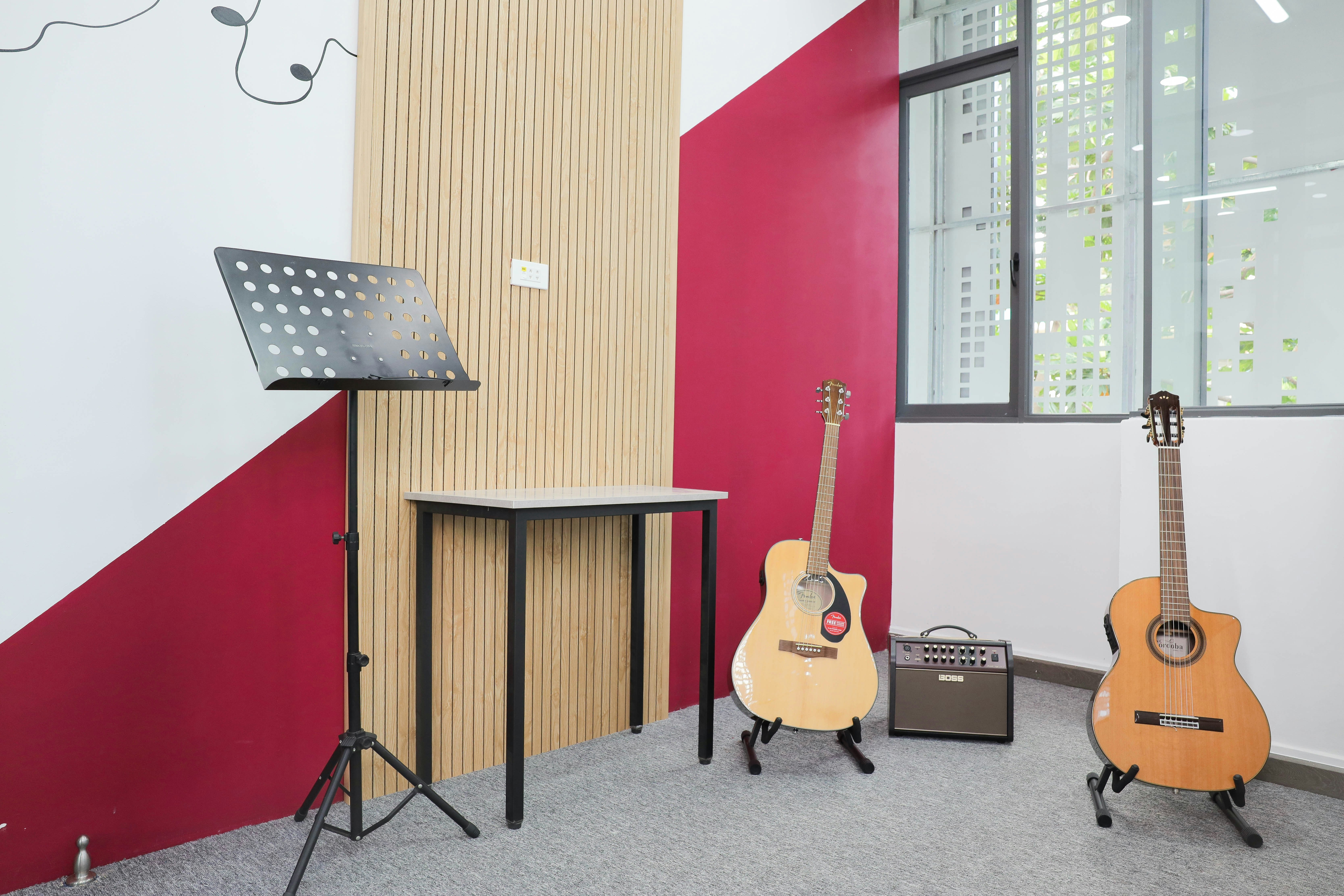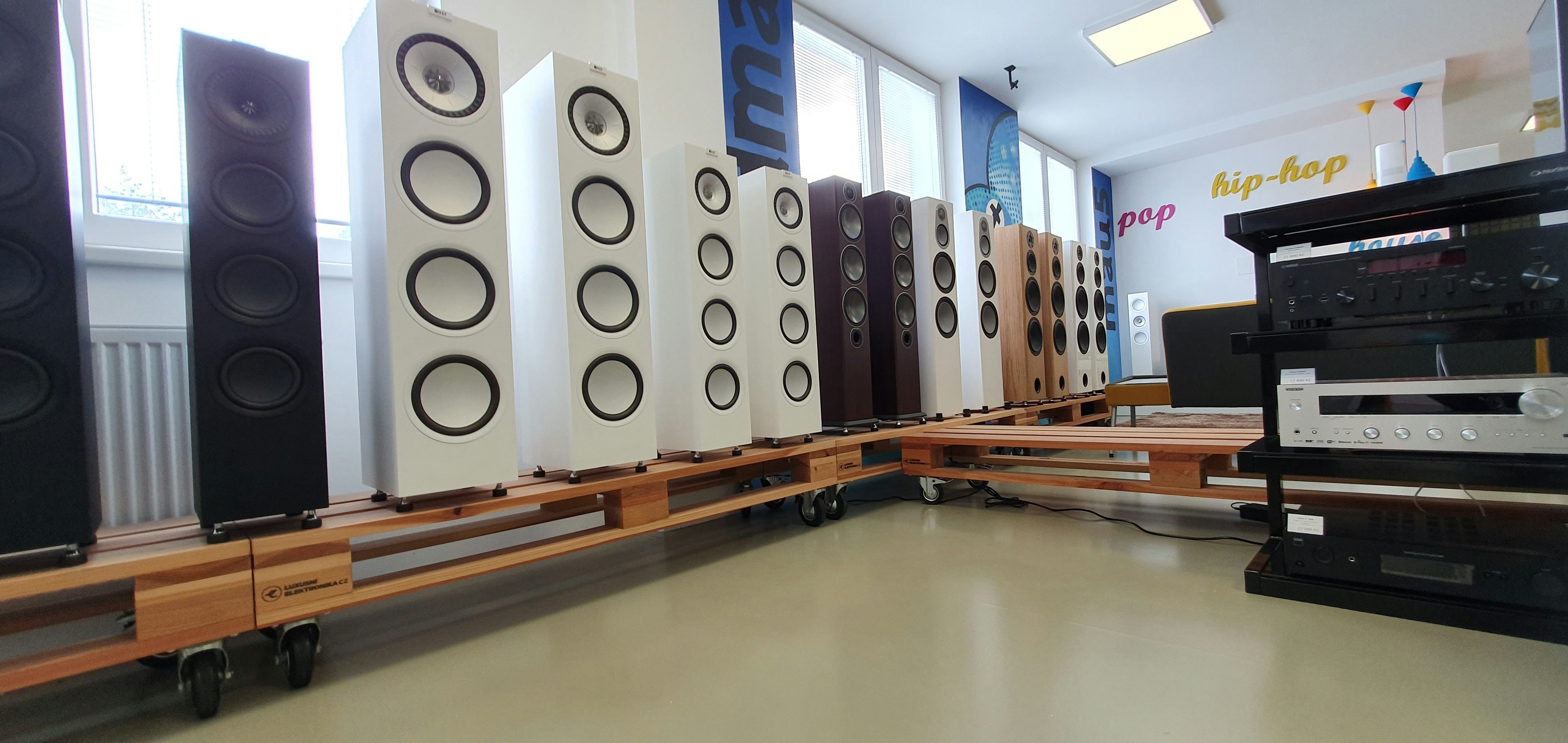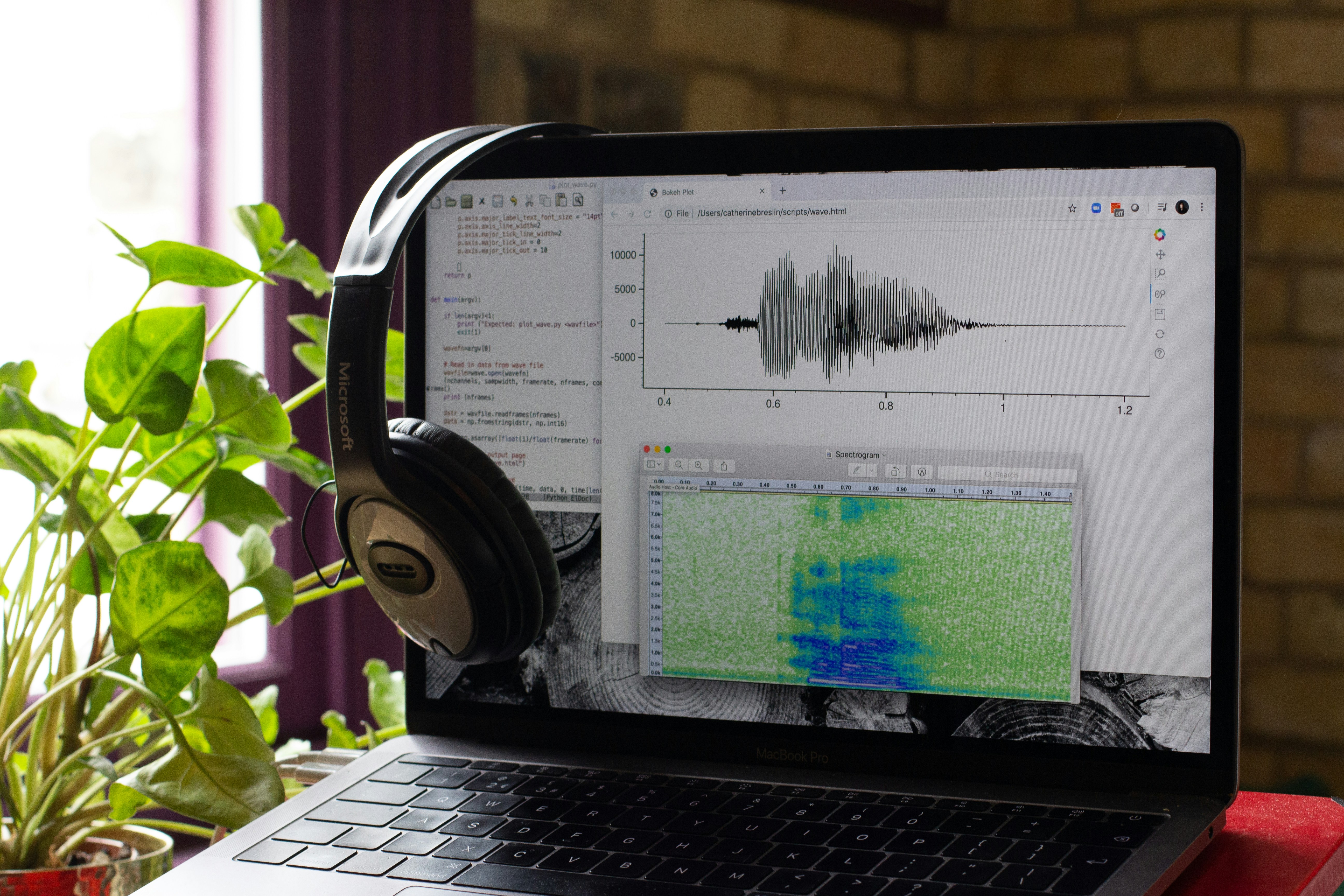Create Unique Soundscapes with Acoustic Elements in Home Decor
Home is more than just a shelter; it’s a sanctuary, a personal canvas where our senses blend to create a harmonious living space. As we discover the intricate ties between sound and ambiance, embracing soundscapes in home decor offers an exciting opportunity to elevate our environments. By crafting acoustic aesthetics through decorative elements, we can transform our everyday spaces into immersive havens that appeal to both the ears and the eyes.
In this article, we'll explore how to integrate sound and decor to improve atmosphere and well-being. We’ll delve into the principles of acoustic design, analyze different home decor strategies, and offer practical DIY tips to create your unique soundscapes. From using wall art as sound absorbers to selecting decor pieces that enhance sonic experiences, let’s embark on a journey to redefine our home environments together.
Understanding Acoustic Aesthetics in Decor
When we think of home decor, our minds typically drift towards colors, textures, and the overall visual appeal. However, sound is just as crucial in shaping our experiences. Acoustic aesthetics takes into account how sound interacts with the elements in our space. This relationship is a dance, where we can manipulate ambiance to enhance relaxation, creativity, or social engagement.
The concept of acoustic aesthetics isn’t entirely new, as architects and designers have acknowledged the importance of sound in public spaces for centuries. Recently, this awareness has crossed over to residential design as more people recognize how sound can influence their mood and well-being. Just like how natural lighting is essential for creating a warm and welcoming atmosphere, so too is a thoughtfully designed sound environment.
The Science Behind Soundscapes in Homes
Research has shown that sound significantly impacts our emotional responses. For instance, studies conducted by the University of Harvard suggest that specific sound frequencies can enhance relaxation and focus, while others might evoke feelings of stress. Understanding this principle can help you design a home that promotes tranquility and resonates with your personal style.
The key to crafting a rich acoustic experience lies in recognizing the pivotal aspects of sound within your home—bass, mids, treble, and silence. Exploring how different materials and layouts can absorb or reflect sound will empower you to create a balanced environment suited to your needs.
Selecting the Right Materials for Sound Absorption
One of the primary considerations for introducing soundscapes into your home decor is to choose materials that will either absorb or reflect sound effectively. Soft materials, such as carpets, curtains, and upholstery, help minimize echo and create a cozy environment. In contrast, hard surfaces—like tile or glass—can enhance sound reflections, making rooms feel more spacious but at times less inviting.
Decorative elements, such as textured wall hangings, can serve a dual purpose. Not only do they visually enhance your decor, but their composition can also aid sound absorption. For example, textural harmony can be achieved with a mix of textiles, pillows, and curtains to help achieve the desired sonic outcomes.
Decorating with Acoustic Elements: The Art of Sound Bloc
Art doesn’t solely exist to adorn walls; it can play a functional role in home soundscaping. By integrating acoustic art pieces, you can create an environment that is engaging visually and auditorily.
Wall art made from materials that absorb sound—such as felt, wool, or cork—can significantly reduce echo in spaces, such as living rooms or home theaters. These acoustic panels are not just effective; they can also be customized to align with your aesthetic preferences, creating visually appealing decor that complements your design vision.
Additionally, incorporating open-shelving units filled with books or plants can help break up sound waves, reducing echo while adding visual texture and life to your space. These functional elements help create a unique balance between decoration and sound control.
DIY Solutions: Creating Your Soundscape
Now that you understand the fundamental principles, let's move on to actionable steps you can take to bring acoustic elements into your home decor. Here are some DIY ideas to get you started:
-
Fabric Wall Panels: Create your wall art by stretching fabric over wooden frames or canvas. Select fabrics with varying textures and thicknesses for different sound absorption qualities. Hang them strategically in high-traffic areas or rooms where sound reverberation is an issue.
-
Upcycled Materials: Think sustainability and creativity by upcycling materials like old wood or repurposing furniture. When arranged the right way, they can help diffuse sound and provide character to your decor. Check out how to craft vintage-inspired decor for sustainable chic ideas.
-
Soundscaping with Plants: Incorporate houseplants not only to enhance biophilic design but also as effective sound absorbers. Plants like rubber trees and peace lilies can contribute significantly to the acoustic environment while purifying the air.
-
DIY Acoustic Tiles: If you’re willing to tackle a larger project, consider installing acoustic tiles made from eco-friendly materials. You can paint or customize them to fit into your existing decor styles, allowing you to enhance the sound quality while maintaining visual appeal.
-
Creating Calming Corners: Designate spaces where sounds can envelop you, assembling a reading nook with a plush chair and soft throw pillows. By using layered textiles, you can enhance comfort while promoting peaceful sounds through the acoustic dynamics of your decor.
Personalizing Your Sound Experience
Home is where we should feel at ease, and that includes the sounds that fill it. Personalizing your sound experience is crucial; it might involve playing soothing music, incorporating natural sounds, or using sound modulation devices that suit your preferences.
Consider creating playlists tailored to your home ambiance. You can select calming sounds like rain, ocean waves, or gentle instrumental music to complement your decor. Additionally, look for technology that integrates with your design, such as sound panels or smart speakers that blend seamlessly into your decor schemes.
Bridging Nature and Home: The Essence of Biophilic Design
A growing trend in home design is biophilic design, emphasizing the intrinsic connection between humans and nature. By infusing natural elements, not only do you engage visual senses, but you also encourage soothing soundscapes.
Through biophilic principles, you can explore incorporating natural water features into your home for calming sounds. Whether it's a small indoor fountain or decorative water basin, the sound of flowing water can enhance relaxation and tranquility within your living space.
Moreover, seasonal shifts involving natural materials enliven your decor and sound experience. Curate a collection of seasonal artifacts—pinecones in autumn, seashells in summer—to create a tactile and auditory experience that ties you to nature.
Engaging the Senses: Whimsy in Your Soundscapes
Soundscapes in home decor don’t just have to be serious or practical; they can be infused with fun and whimsy. Every home has a story to tell, so use eclectic decor elements to weave your narrative into your sound experience.
Consider introducing playful decorative pieces such as wind chimes or handcrafted musical instruments. These can add a unique character to your home that resonates with spontaneity while providing gentle auditory stimulation.
The Role of Color and Light in Acoustic Aesthetics
Incorporating color and light can greatly influence how sound is perceived in your space. Cool colors, like blues and greens, can invoke feelings of peace and calm, while warm colors can elevate energy levels. Similarly, varying lighting levels can subtly alter the atmosphere within your home, even enhancing how sound travels.
Acoustic decor installations can marry light and sound for a mesmerizing experience. For instance, designing spaces with light-absorbing materials can create a cocoon-like atmosphere where sound is carefully curated, leading to a sanctuary of peace.
Final Thoughts: Designing Your Acoustic Haven
Transforming your space into an acoustic haven is an enriching venture, offering a perfect mix of aesthetics and functionality. By intertwining sound, decor, and personal expression, you can create an environment that is not only visually appealing but also nurturing for the soul.
Remember, home should be a reflection of you—an authentic journey through various sounds, textures, and colors that comfort the mind and engage the heart. So, embrace the creative spirit, explore DIY projects, and most importantly, craft a soundscape that evokes joy every time you step through your door.
As you embark on this journey, remember to intertwine the principles of biophilic design and scentual spaces for an immersive experience. Your acoustic haven awaits—let the soundscaping begin!











